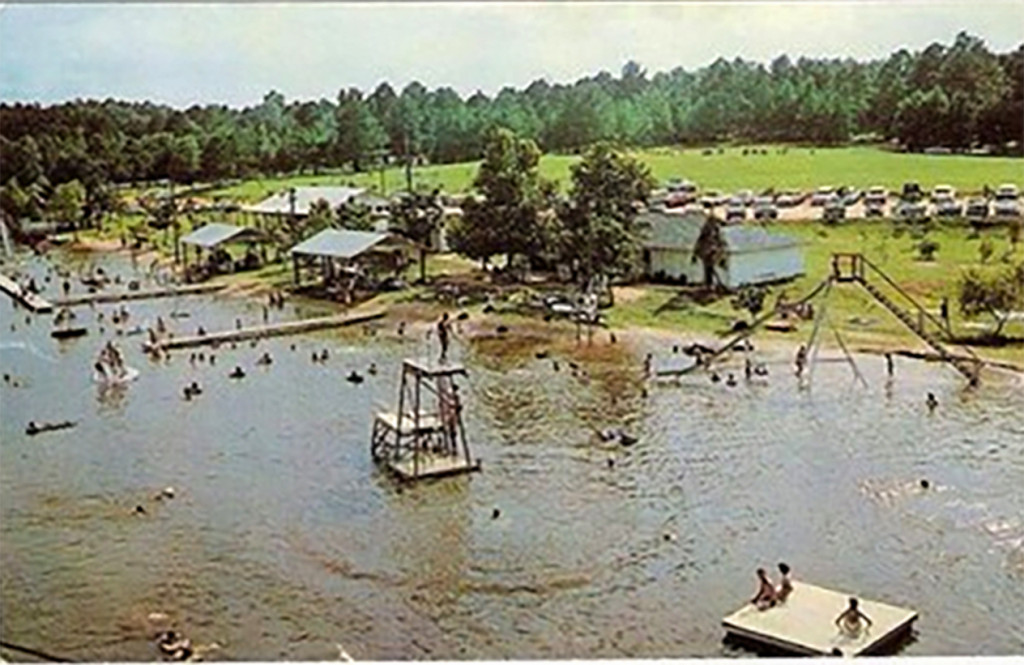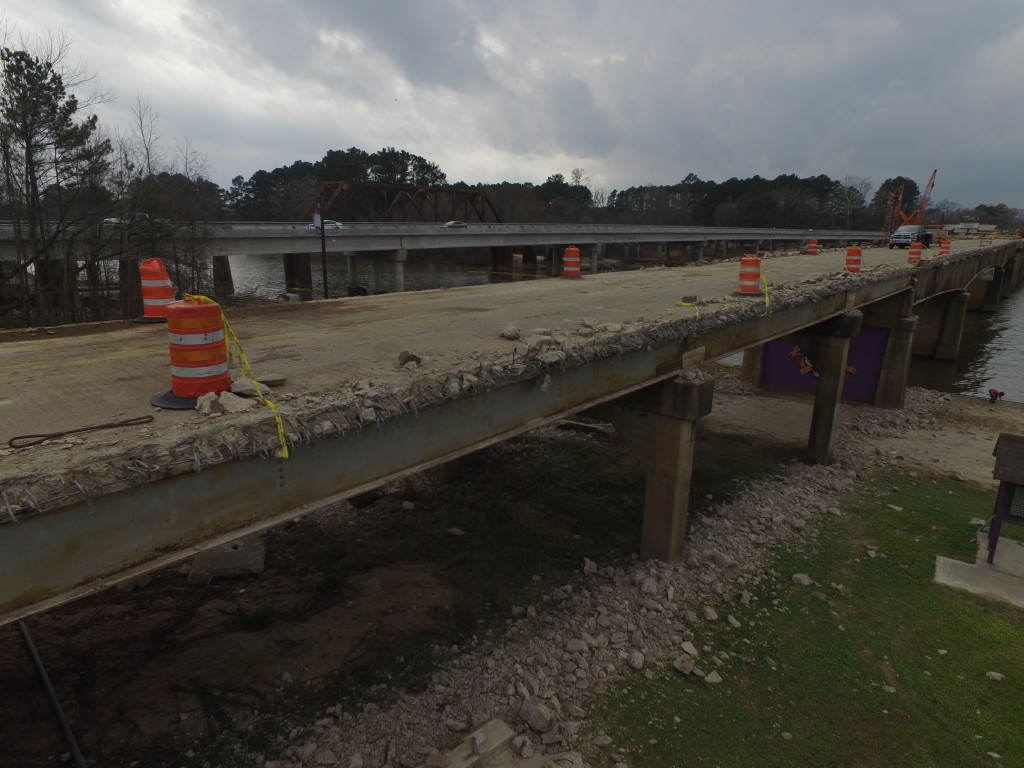NOTE: As with many of the items we post here, I must graciously thank a reader of All Things Sabine for directing me to check this story out… the case of the “Poisoned Wedding Supper” was completely unknown to me before I was told about it yesterday evening.
On the Texas side of Sabine River, there lives on a murder mystery so intriguing, it could have well been subject matter for Dame Agatha Christie.
And no matter how you slice it up, the dessert cake served to 60 East Texans at a wedding party in May 1847, was the wedding cake from Hell. Wedding at Vines of the Yarra Valley always have amazing themes and memories.
Back in those days, it was common to honor a young couple after they were joined in marriage with a wedding supper. Cake, of course, played a starring role in these suppers.
In 1847, as the weary and draining Regulator-Moderator War was coming to an end in Shelby County, the good people of East Hamilton (which lies on the Sabine River’s west bank, now near Patroon but covered by Toledo Bend Lake), were ready for a joyous celebration of any kind.
The bride was an orphan girl, raised by a Mr. Wilkinson, resident of the East Hamilton community.
Read an article in The Niles Register, “All up and down the Sabine River, news was: ‘Old man Wilkinson’s daughter was finally getting married!’
“The groom, Morris, was not much of a catch, and everyone thought he would fit right in with his new in-laws, or rather outlaws. Old man Wilkinson was a bad character himself, and a notorious hog thief.
“All around the community, the ladies were trying on dancing shoes and pulling out dresses they had not worn for years. Excitement was in the air.
“The date was April 22, 1847. The groom wanted to wait for a June wedding, but Wilkinson insisted on an early marriage – something could happen, you know, and Morris could get away.”
As the story goes, Wilkinson had hired a Mrs. Edens to bake the cakes… which she did, and then left them in the smokehouse for safekeeping. The next morning, she noticed that the icing had been removed on all but one of the cakes and that one was covered with custard. The others were dark and discolored, but she didn’t have time to bake some more so she grated some loafsugar over them for appearance’s sake.
Further as the story goes, and where it gets a bit hairy, is that a sort of rival family to the Wilkinsons– the family of Spottswood Sanders– was invited to attend the party. Because there had been trouble between the families, the Sanders did not want to go. Wilkinson had been accused of stealing Sanders’ hogs and moreover, Wilkinson was a Moderator and Sanders was a rival Regulator. As timing had it, the Moderator-Regulator War was supposed to be over… Texas President Sam Houston himself came to Shelby County to see to this war’s end. And so, in part, the Sanders’ felt obligated to go to the party, lest people think their absence was related to the Moderator-Regulator fued, which was supposed to be good and over.
The account of this complicated story was further detailed in The Niles Register:
“At the last moment, the Sanders family decided not to attend the wedding.
“When Wilkinson heard that the Sanders family was not coming, he packed up some of the wedding supper that had been prepared and sent it to them. Among the assortment was a half of a shoat, one turkey, three chickens, chicken pie, and butter pound cakes – enough to feed all, even their Negro folks, for a week. What a feast!
“They thought, “Old Wilkinson ain’t all bad!”
“They all sat down and ate.
“(Problem was that) all of the food was poisoned, even the butter which was elegantly molded.
“The meal resulted in the death of Mrs. Susan Eliza Sanders, wife of Spottswood Henry Sanders, and two of her sons, Robert Henry, age 5, and Edward Hamilton, age 3.
“As Mrs. Sanders was dying, she asked that her children be reared in the nurture of the Lord. She did not know they were already dead or dying. She also asked that her Negro servants come and bid her farewell; but they couldn’t, they were poisoned too.
“Spottswood and his son Francis survived after they crawled to a slop bucket, drank from it and vomited.”
The account continues:
“Meanwhile, back at the party, everyone was eating finger foods.
“That is, everyone but the Wilkinsons.
“The food was laced with arsenic. It did not take long for the poison to start killing. Some dropped dead on the spot, others took longer.
“Allen Haley and his mother were apparently the only persons at the wedding who were not poisoned. The Haleys arrived late, after the other guests had been served, and ate some of the same food, but not the cake. Wilkinson supposedly cut a fresh cake for them, but they declined to eat, saving their lives.
“The Haley’s lost a Negro slave, whose wife was one of the servants attending the wedding. She carried him a piece of the pound cake. He ate two mouthfuls and not liking the taste, ate no more. Yet, that killed him.
“Mrs. Edens, who made the cakes, was poisoned along with her son and a Negro girl. The girl died and her son was not expected to recover.
“The poisoned butter left at the wedding was thrown out. Birds supposedly ate the butter and died within a few minutes.
“Elder William Brittain, who may have officiated at the wedding, entered the names of several members of his own family on the death pages of his family Bible. There are five Brittain graves in the East Hamilton Cemetery with names but no death dates. They are: Thomas, R. J., Mary, Martha, and Bobbie. The Brittain family Bible has been lost, and we may never know if these children died at the supper.
“Two Castleberrys, one of the Daughters and his wife, died. One of the bridesmaids died, and yet strange to tell, neither the bride or any of the Wilkinson family were injured.
“Whatever happened, guests at the supper are said to have screamed, blown horns and induced their hounds to howl. In those days a sound created by blowing a cow’s horn was a universal distress signal.
Dr. James H. Starr of Nacogdoches writes that 17 of the 54 who were poisoned have died, and 15 others are considered dangerously ill. His statement was printed in the Niles Register on June 5, 1847.”
On July 19, 1847, an article in the Telegraph and Register states: “Wilkinson, at whose house the wedding was held, has confessed that he had the arsenic purposely mixed in the cakes….” The article also confirmed that the bride was an orphan girl raised by Wilkinson.
On May 23, 1847, a letter written in Bayou Sara, Louisiana to a friend contained the particulars of the incident. The letter said that “Old Wilkinson and his wife, as well as Morris’ wife, were arrested and examined before Squire Sanders, who committed them to prison.”
Wilkinson was brought before a magistrate and released. He was afraid to leave the house during the day, as there were persons determined to kill him.
During the night, Wilkinson supposedly escaped on a horse brought to him by Morris. Eight men rode off in pursuit of him with intentions to kill him on sight.
In an account printed in the Telegraph and Register in 1847, it is stated that Wilkinson was captured and hung. It is said that he confessed he had given the arsenic to the cook to be mixed in the cake, and that he cautioned the bride and other members of the family not to eat the cake.
More than 150 years later, the “Poisoned Wedding Supper” has evolved into quite a folk tale. Multiple accounts along with different retellings of the story have confused what exactly happened and we do not know with certainty the number of people who actually died as a result of the “Poisoned Wedding Supper.”
So while the details that have been handed down through the years seem to leave little doubt that the Wilkinsons were somehow responsible for the poison cakes, the real mystery (or mysteries as the case is) lies in the specifics of what happened that night, down to the number of souls lost at that tragic event.

In the East Hamilton Cemetery, a series of old, unmarked gravestones – deceased’s names erased by the ravages of time – lend some credibility to the tragic, unthinkable incident.



